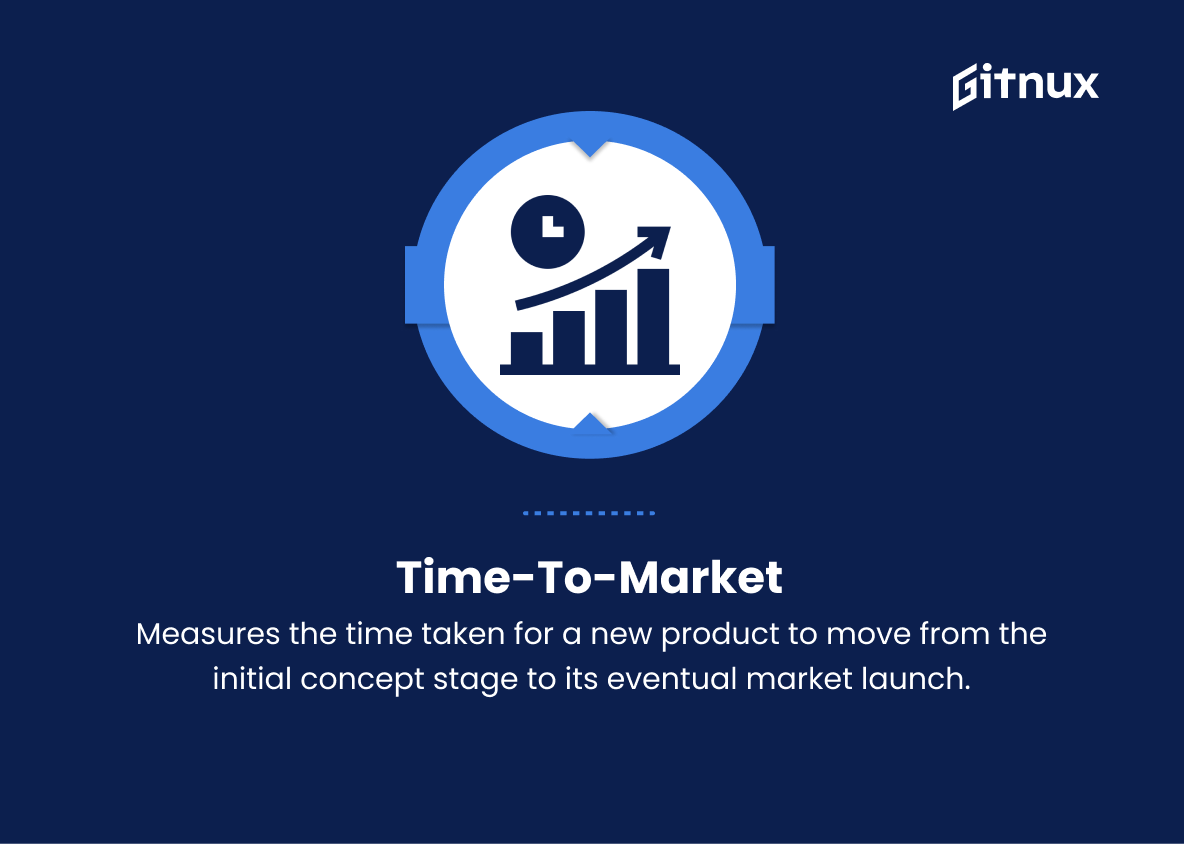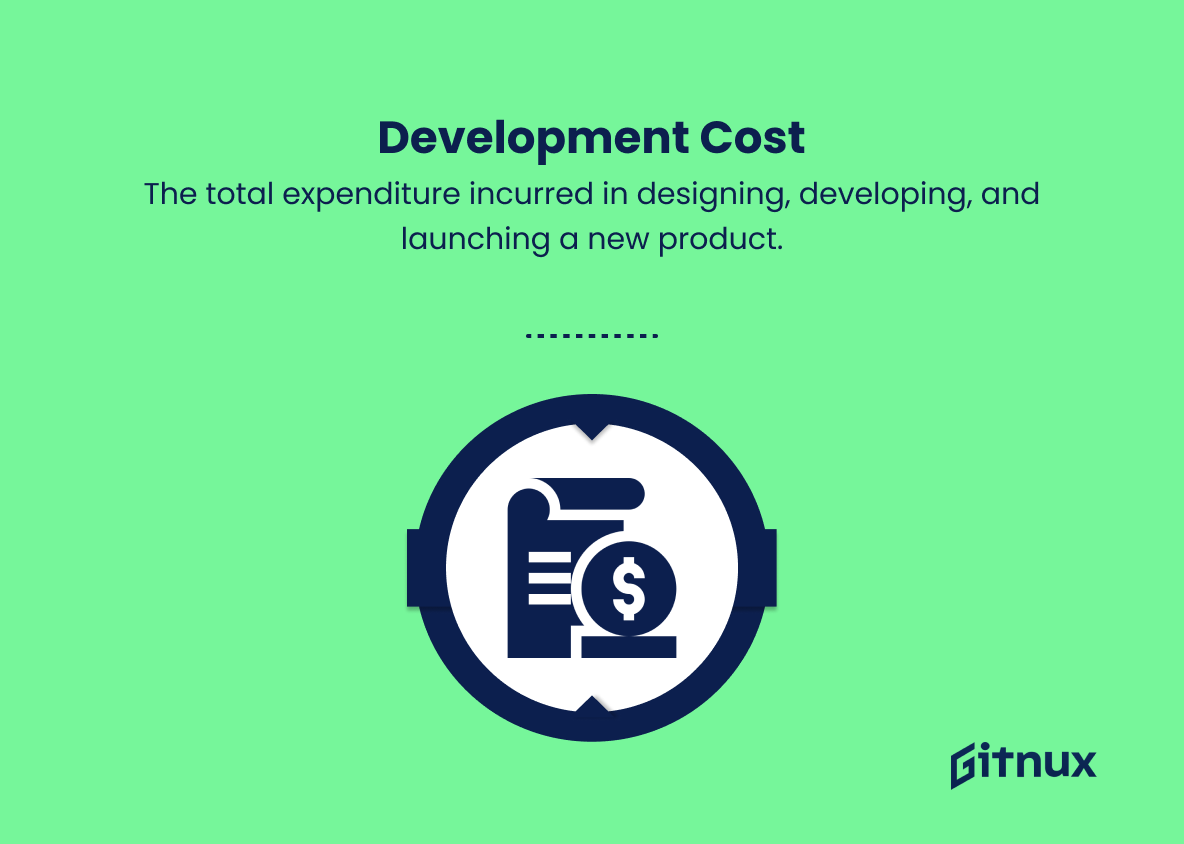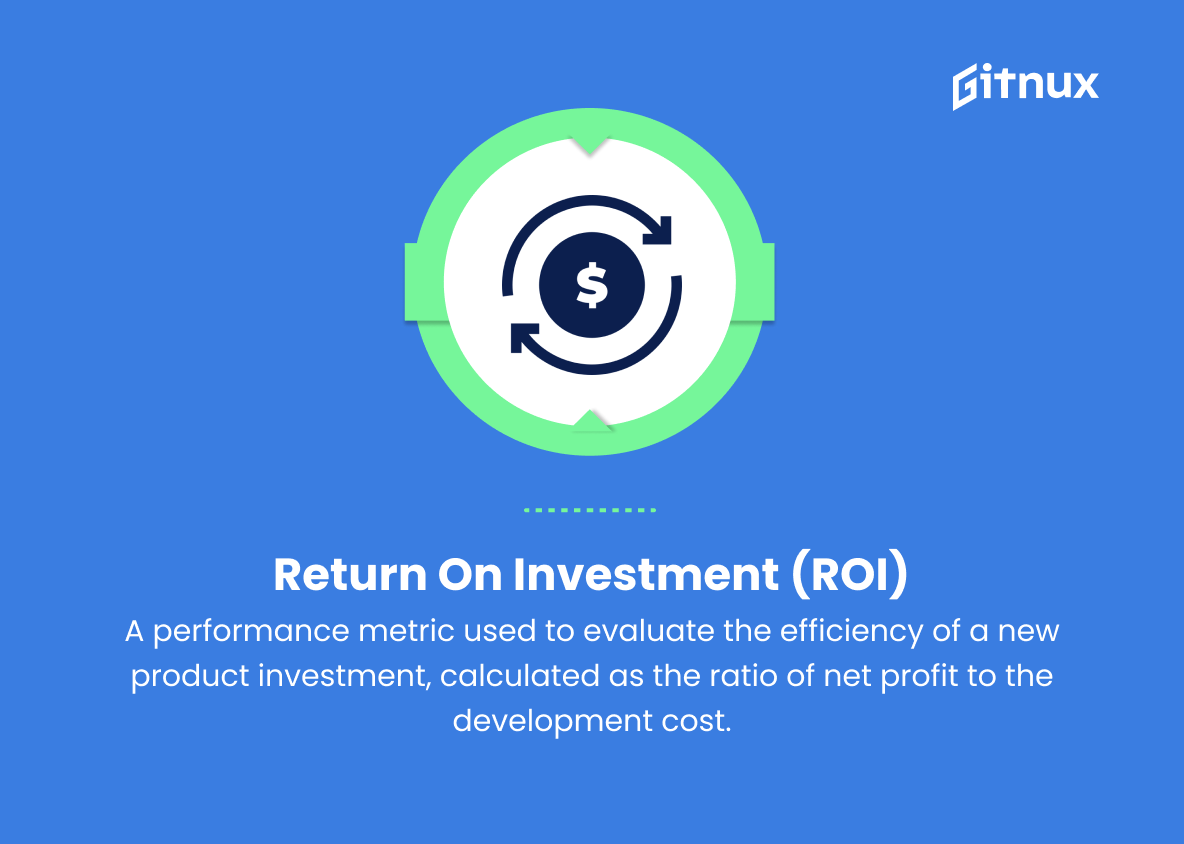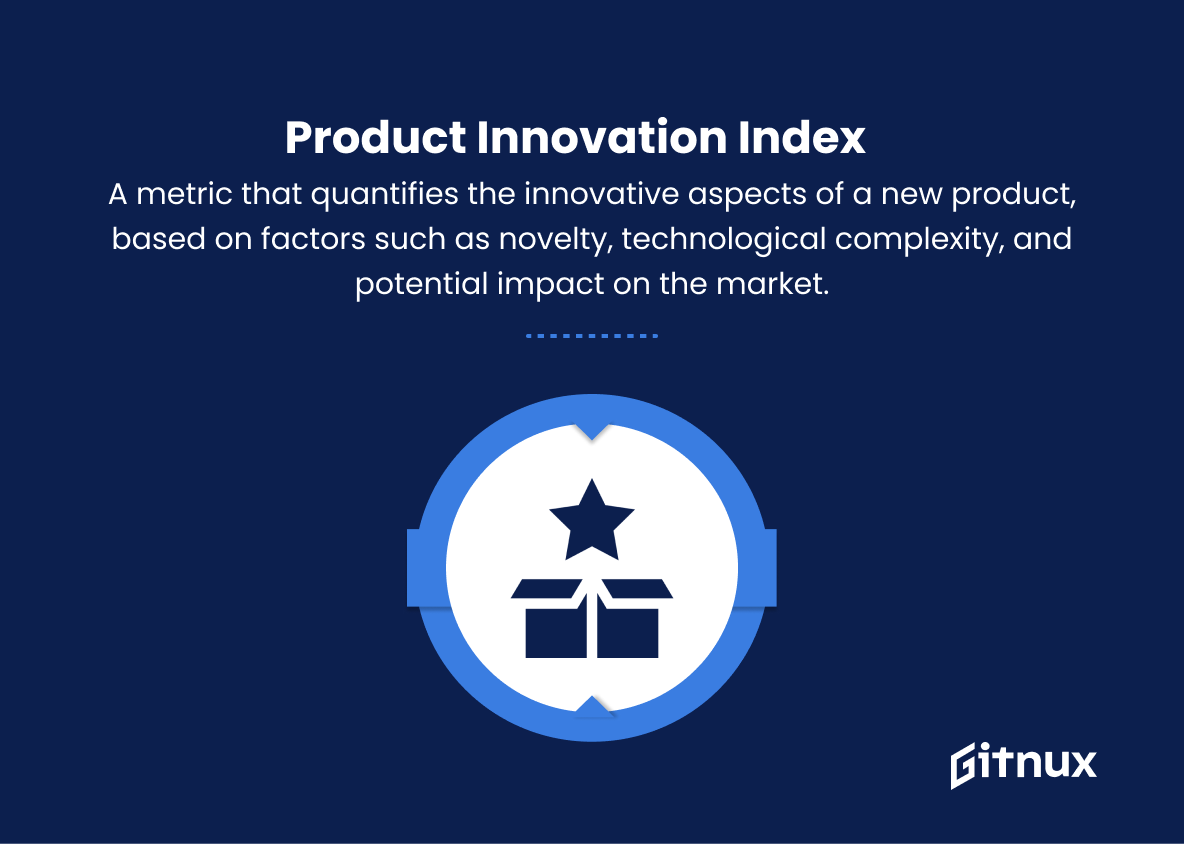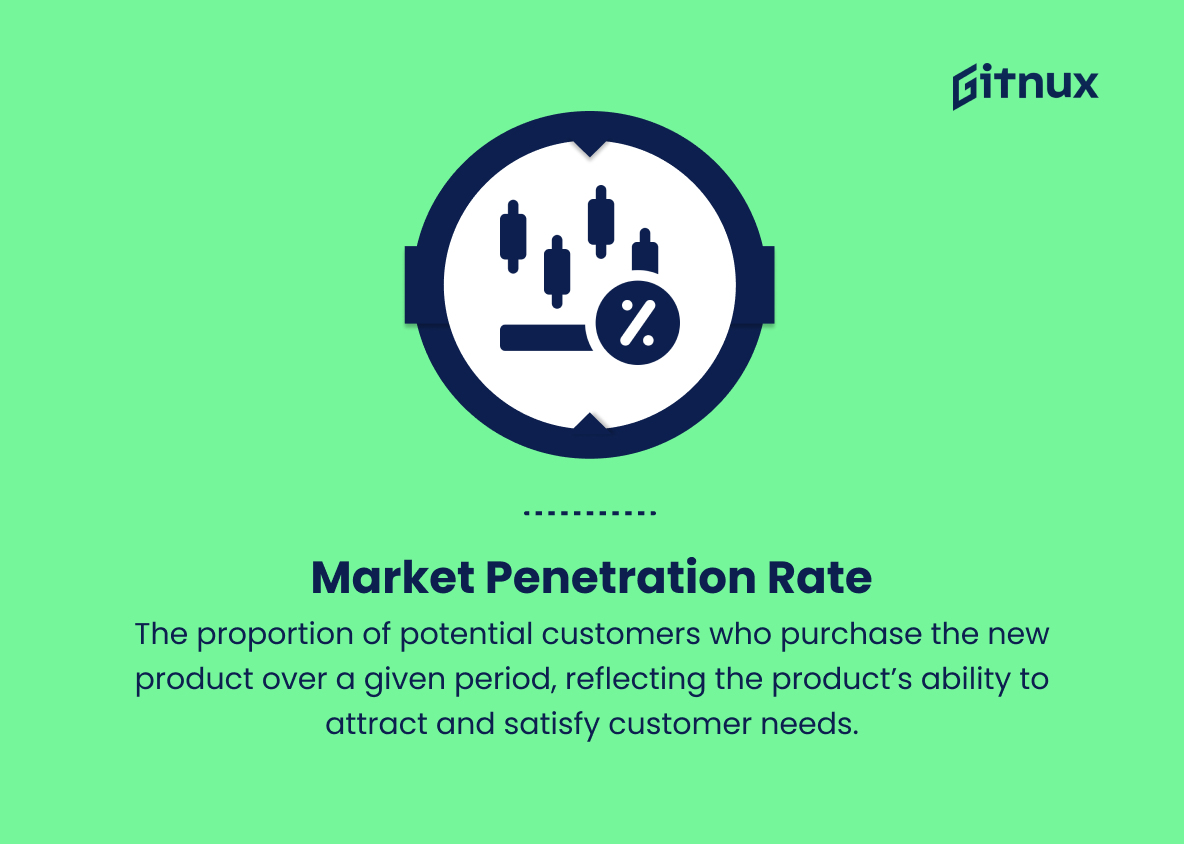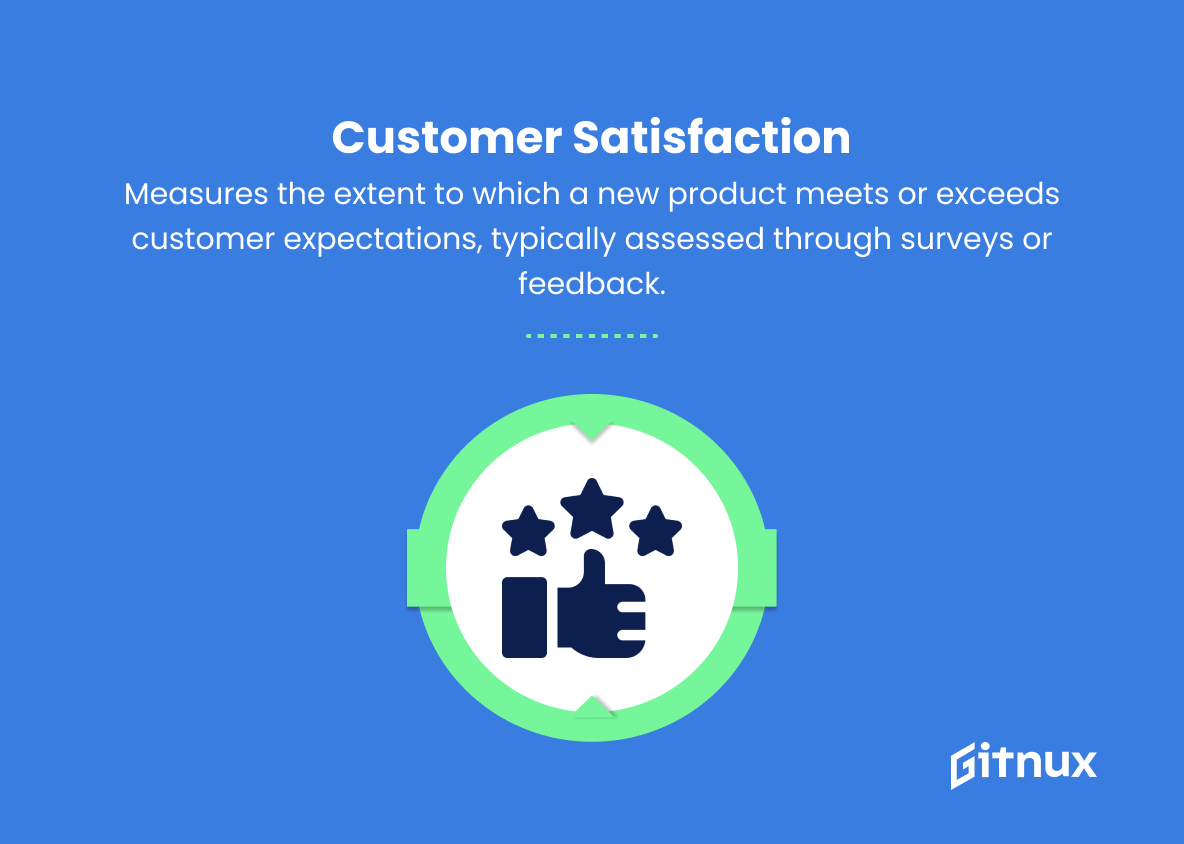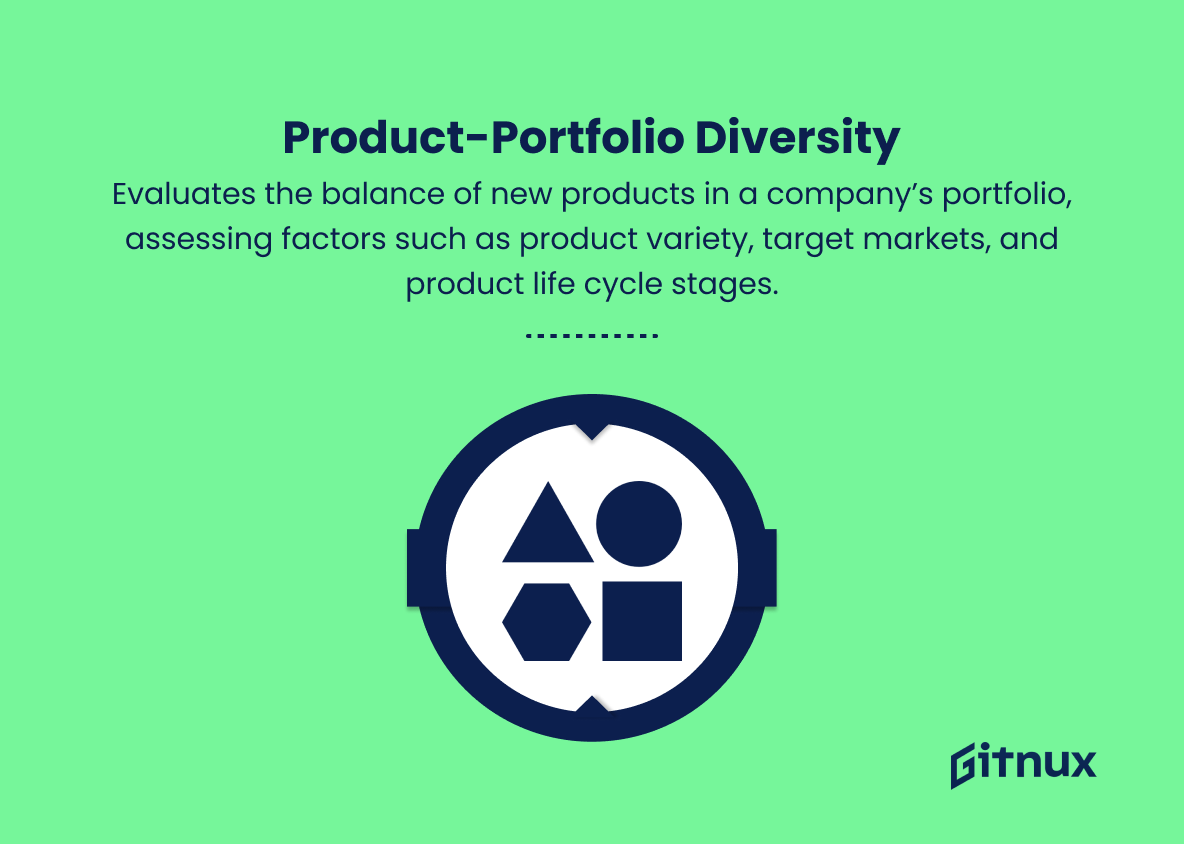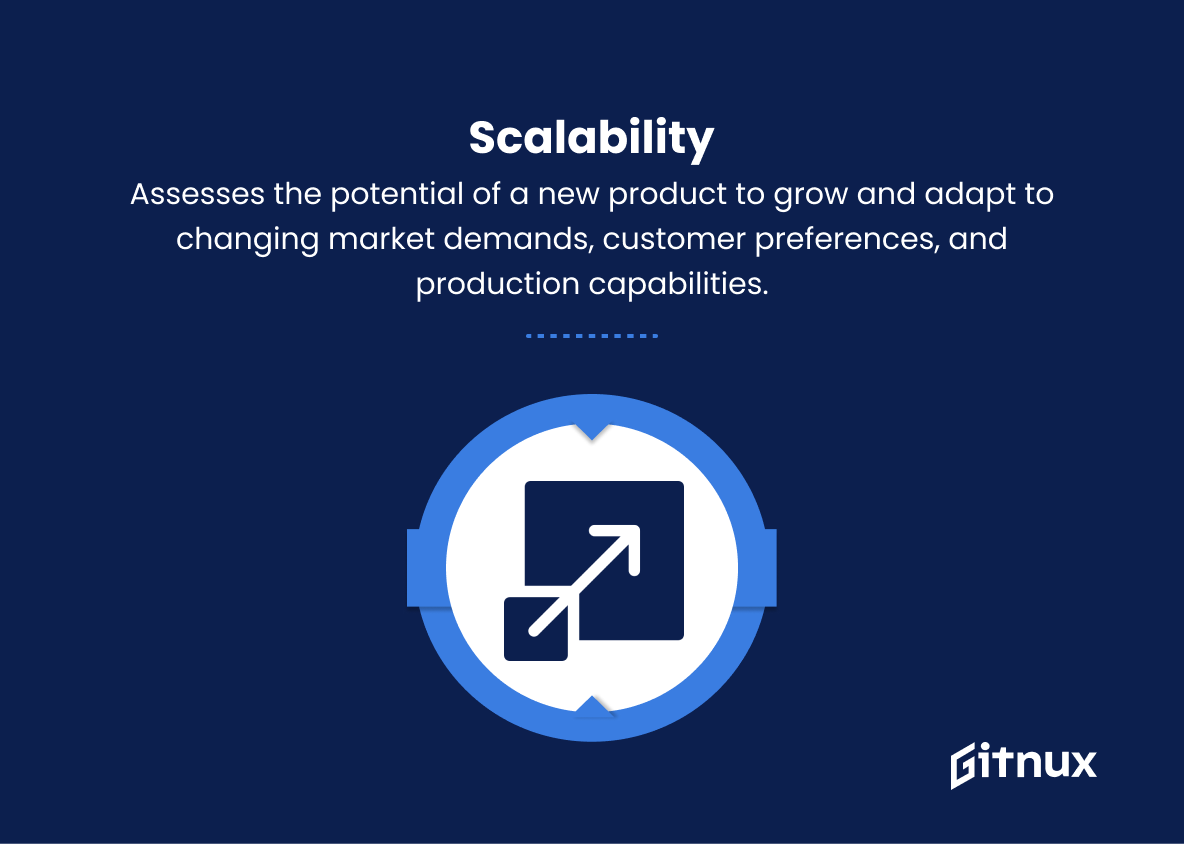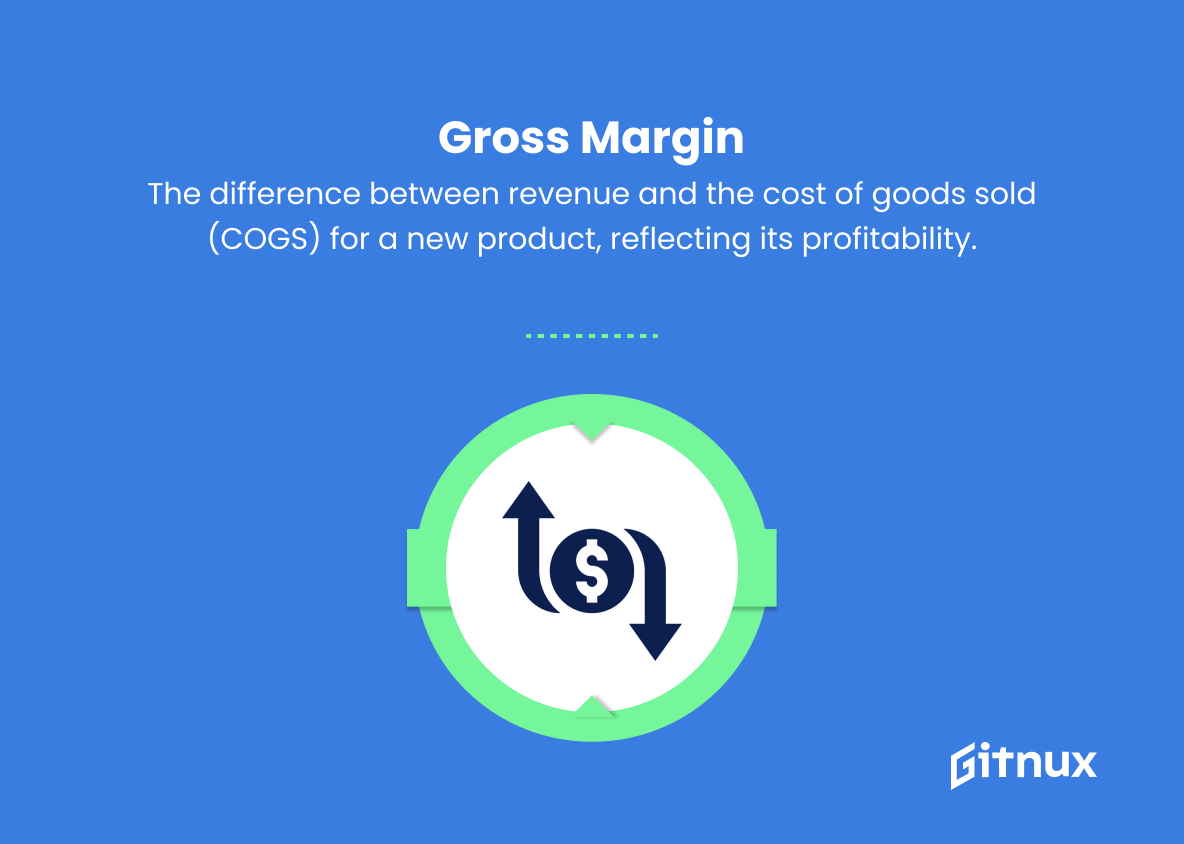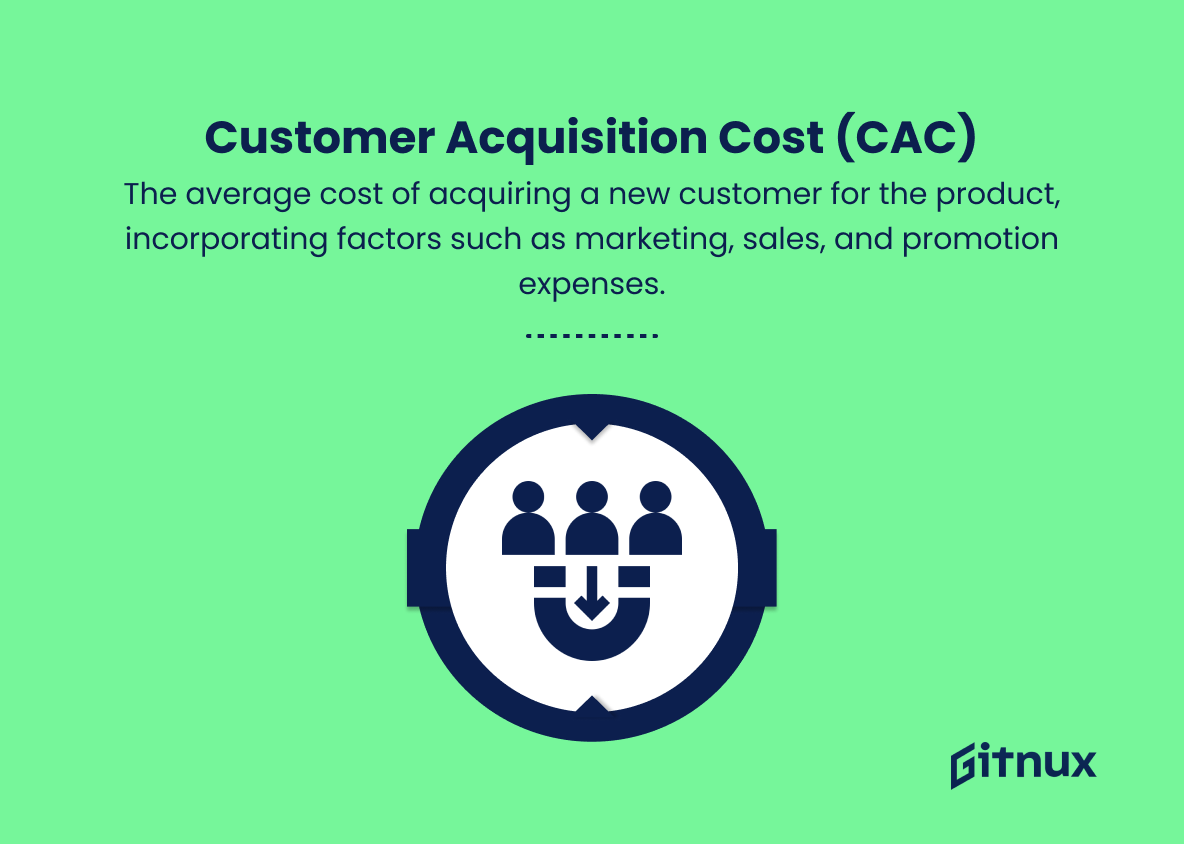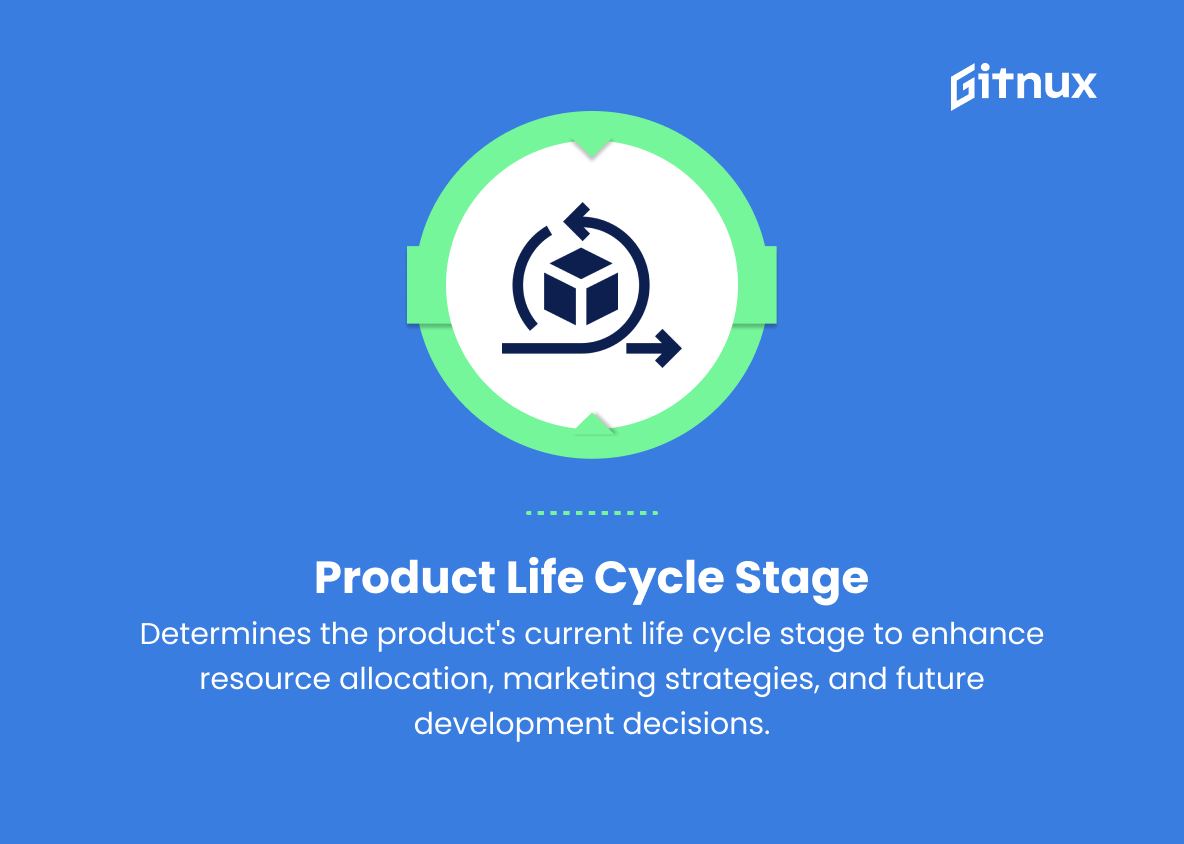In a rapidly evolving market landscape, the ability to develop innovative and successful products is more critical than ever. Excellence in new product development (NPD) is no longer a luxury but a prerequisite for organizations seeking to maintain competitiveness and secure long-term growth. However, managing and steering the complex and multidimensional process of bringing new offerings to life requires sophisticated strategies and comprehensive analytics.
This encompasses the deployment of key performance indicators and metrics, which serve as essential tools to monitor, evaluate, and optimize the NPD process. In this article, we delve into the vital world of New Product Development Metrics, examining their importance, various categories, and best practices for leveraging these integral instruments to empower decision-making and ultimately bolster the success of your innovative initiatives. Get ready to unlock the full potential of your organization’s new product development endeavors by mastering the art and science of NPD metrics.
New Product Development Metrics You Should Know
1. Time-to-market
Measures the time taken for a new product to move from the initial concept stage to its eventual market launch. A shorter time-to-market typically results in a competitive advantage.
2. Development cost
The total expenditure incurred in designing, developing, and launching a new product. This includes costs associated with research, design, prototyping, testing, and production setup.
3. Return on investment (ROI)
A performance metric used to evaluate the efficiency of a new product investment, calculated as the ratio of net profit to the development cost.
4. Product innovation index
A metric that quantifies the innovative aspects of a new product, based on factors such as novelty, technological complexity, and potential impact on the market.
5. Market penetration rate
The proportion of potential customers who purchase the new product over a given period, reflecting the product’s ability to attract and satisfy customer needs.
6. Customer satisfaction
Measures the extent to which a new product meets or exceeds customer expectations, typically assessed through surveys or feedback.
7. Retention rate
The percentage of customers who continue using a product after an initial trial, demonstrating customer loyalty and long-term product success.
8. Product-portfolio diversity
Evaluates the balance of new products in a company’s portfolio, assessing factors such as product variety, target markets, and product life cycle stages.
9. Patent count
The number of patents owned or filed by a company for a new product, indicating the technological innovation and intellectual property protection tied to the product.
10. Scalability
Assesses the potential of a new product to grow and adapt to changing market demands, customer preferences, and production capabilities.
11. Revenue growth
The increase in sales generated by a new product over time, providing insights into its market performance and acceptance.
12. Gross margin
The difference between revenue and the cost of goods sold (COGS) for a new product, reflecting its profitability.
13. Market share
A new product’s percentage of total sales in its market, indicating its competitive position and success in capturing customer attention.
14. Customer acquisition cost (CAC)
The average cost of acquiring a new customer for the product, incorporating factors such as marketing, sales, and promotion expenses.
15. Product life cycle stage
Identifies the current phase of a new product in its life cycle (development, introduction, growth, maturity, or decline), enabling better decision-making regarding resource allocation, marketing strategies, and future development.
New Product Development Metrics Explained
New Product Development Metrics play a vital role in assessing the performance, market acceptance, and overall success of a product. Time-to-market, for instance, is essential for gaining a competitive advantage by ensuring that products are quickly brought to market. Development cost elevates the significance of managing expenses throughout the process, while return on investment helps gauge the financial efficiency of product investments.
The product innovation index quantifies the innovative aspects that may drive market interest, while market penetration rate and customer satisfaction measure the effectiveness of the product in attracting and satisfying consumers. Retention rate reflects customer loyalty and long-term success, while product-portfolio diversity evaluates the balance of a company’s offerings. Patent count serves as an indicator of technological innovation and intellectual property protection.
Scalability represents the potential of a product to grow and adapt to evolving market demands, while revenue growth, gross margin, and market share offer insights into the product’s financial performance and competitive positioning. Customer acquisition cost determines the overall expenses associated with acquiring new customers, and lastly, product life cycle stage aids in making more informed decisions regarding resource allocation, marketing strategies, and future development efforts.
Conclusion
In conclusion, as we have explored throughout this blog post, implementing effective new product development metrics is critical to the success of any organization. From idea generation to the final product launch, these metrics serve as valuable tools for tracking progress, optimizing strategies, and identifying opportunities for improvement.
By carefully selecting the most relevant key performance indicators and consistently analyzing their results, businesses will be empowered to make informed decisions that foster growth and drive innovation. Ultimately, a well-defined and diligently monitored system of new product development metrics will lay the foundation for long-term success in today’s increasingly competitive market landscape.
